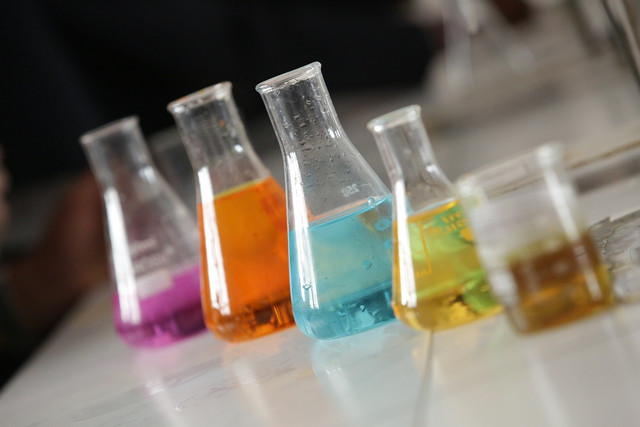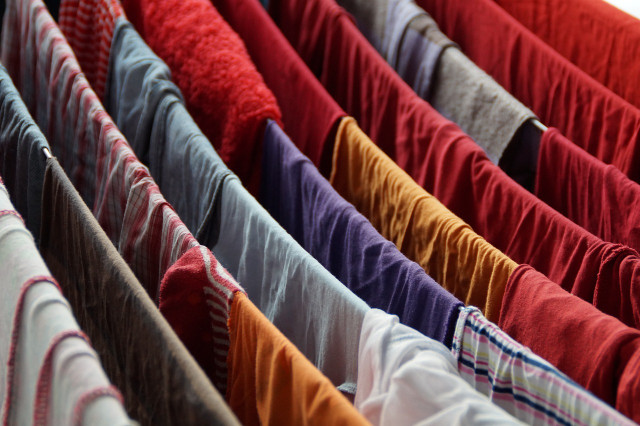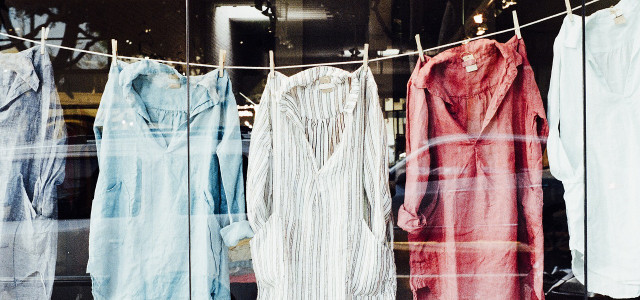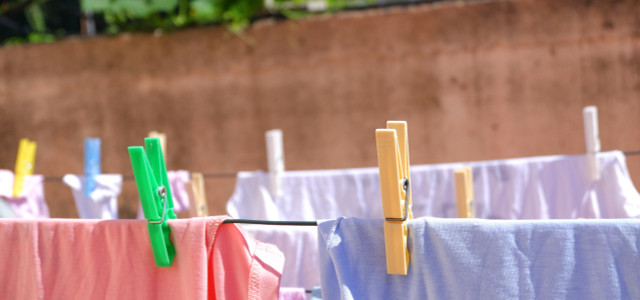Ever wondered how dry cleaning works? The process may clean your thick or delicate clothes and fabrics, but what impact does it have on the environment? Read on to find out.
Ever wondered how dry cleaning works and how it compares to washing clothes at home? These are the main differences:
- Dry cleaning uses a special solvent to clean the clothing instead of water. Important because dry cleaning is the only method that won’t damage materials that are sensitive to water (like wool or silk).
- Dry cleaning machines are designed to be gentle on clothing and materials, preventing unnecessary wear and tear. Clearly, they are not the same as residential washing machines.
- We’ve all been in a horror situation where a beloved garment shrunk in the wash. Thankfully, dry cleaning businesses are run by experts who know how to clean particular fabrics. While washing clothes at home, garments are far more susceptible to shrinking and tearing.
How Does Dry Cleaning Work? A Step-By-Step Overview



(Foto: CC0 / Pixabay / Mikes-Photography)
- Examination of garment: The first step in a garment inspection is to look for obvious flaws like holes or stains. At this stage, any damage is fixed that has been discovered.
- Removing stains: Next, special stain removers are used that are effective at removing the stain but are gentle on the fabric.
- Cleaning phase: When it comes to cleaning, the garment is typically placed in a device similar to a washing machine. The garment is not washed in water but a designated solvent in this machine (usually perchloroethylene). It’s being washed by rotation, just like in a washing machine.
- Post-treatment: When the garment has been washed in the machine, it can be removed and inspected for stains. The final step involves re-treating the cloth for any lingering stains. Furthermore, pressing or steaming the clothing may be used to restore its original form. Sometimes, the garment is pressed or steamed to bring it back into shape.
- Finishing touches: To make the clothing or fabric look neat, it is hung or laid out to dry. Here, the dry cleaner can trim loose threads or fix any final minor issues.
Are the Chemicals Used in Dry Cleaning Harmful?



(Foto: CC0 / Pixabay / deepakrit)
So what chemicals are involved in dry cleaning, and are they potentially harmful?
The chemicals used for dry cleaning are very different from those we know and use for our washing machine. In a conventional washing machine, water and detergent are used to clean the clothes, whereas dry cleaning works with a specific solvent. This solvent is hydrocarbon-based, often perchloroethylene, which can clean stains of oil, wax, grease, and other substances that normal water struggles with.
While they use this solvent, dry cleaners only use the smallest amount of chemicals necessary to wash garments efficiently. By using the minimum of solvent, dry cleaners reduce costs and their impact on the environment and minimize the risk of harmful chemical exposure.
However, perchloroethylene can be toxic to human health, but there’s no need to freak out. Regarding human health, the low amounts of perchloroethylene to which most people are exposed do not produce any adverse syndromes or health conditions.
Dry cleaned clothes may release small quantities of perc into the air, which may be inhaled by those who wear freshly laundered clothes, although these levels are not considered dangerous for a healthy person.
Is Dry Cleaning Bad for the Environment?



(Foto: CC0 / Pixabay / Efraimstochter)
Using any harmful chemical solvent to clean one’s clothing can negatively impact the environment if in the wrong hands. Yet, the situation isn’t entirely grim.
Due to this, more and more dry cleaners in modern times are beginning to use solvents that are both safer and better for the environment. Yet, even these solvents have the potential to hurt the surrounding environment if they are not handled properly or disposed of appropriately.
No matter where the laundry is done, whether at home or at a dry cleaner, washing your clothes will always affect the natural world and our water cycles. Compared to each other, washing clothes at home appears to be less harmful than dry cleaning. Even though a washing machine wastes more water, no very hazardous chemicals are involved in the process.
Nevertheless, the accuracy of this comparison is wholly contingent on how an individual washes their clothing at home, as the use of non-biodegradable detergents or water that has been heated can also contribute to the damage done to the environment.
If you have any doubts about how dry cleaning affects Mother Nature, ask your local dry cleaners about their chemical processes for clarity.
Read more:
- How to Wash White Clothes: Preventing Discoloration
- Natural Laundry Stripping Recipe Step-by-Step
- Drying Laundry Naturally: An Alternative to Your Dryer
Do you like this post?









